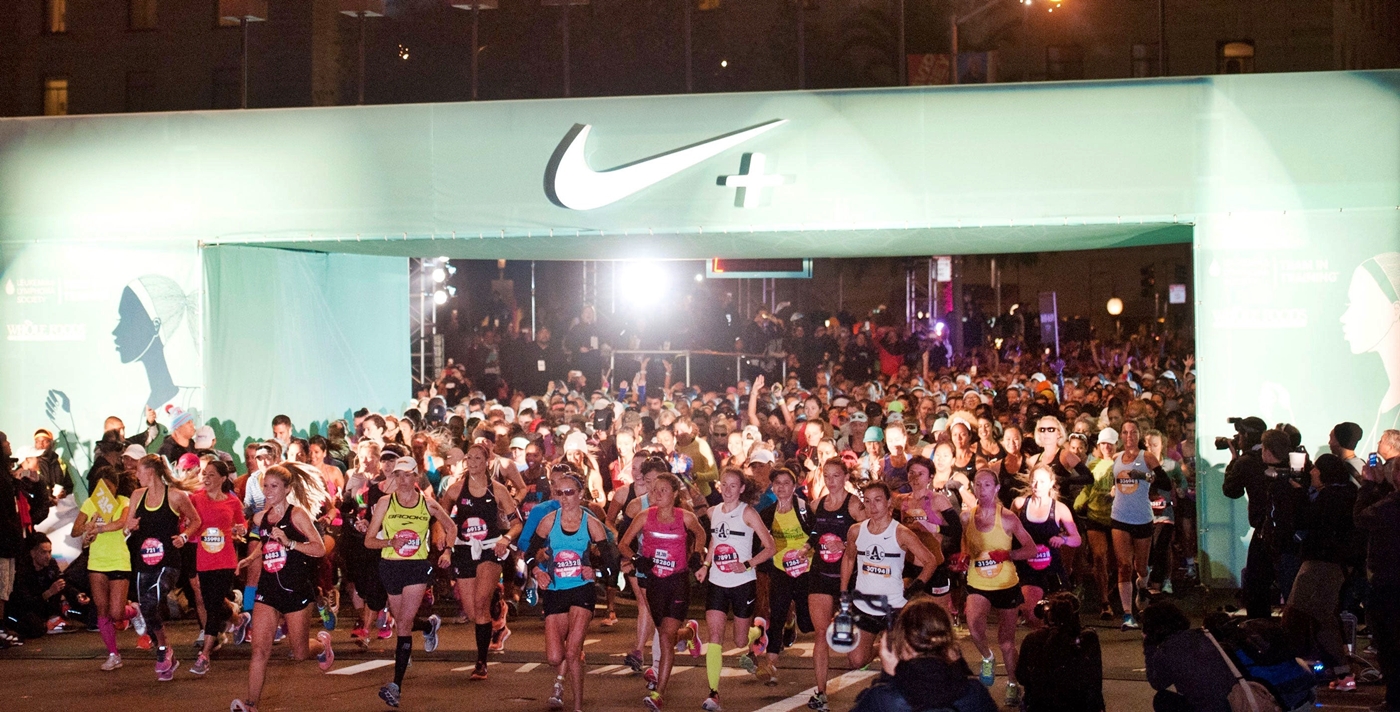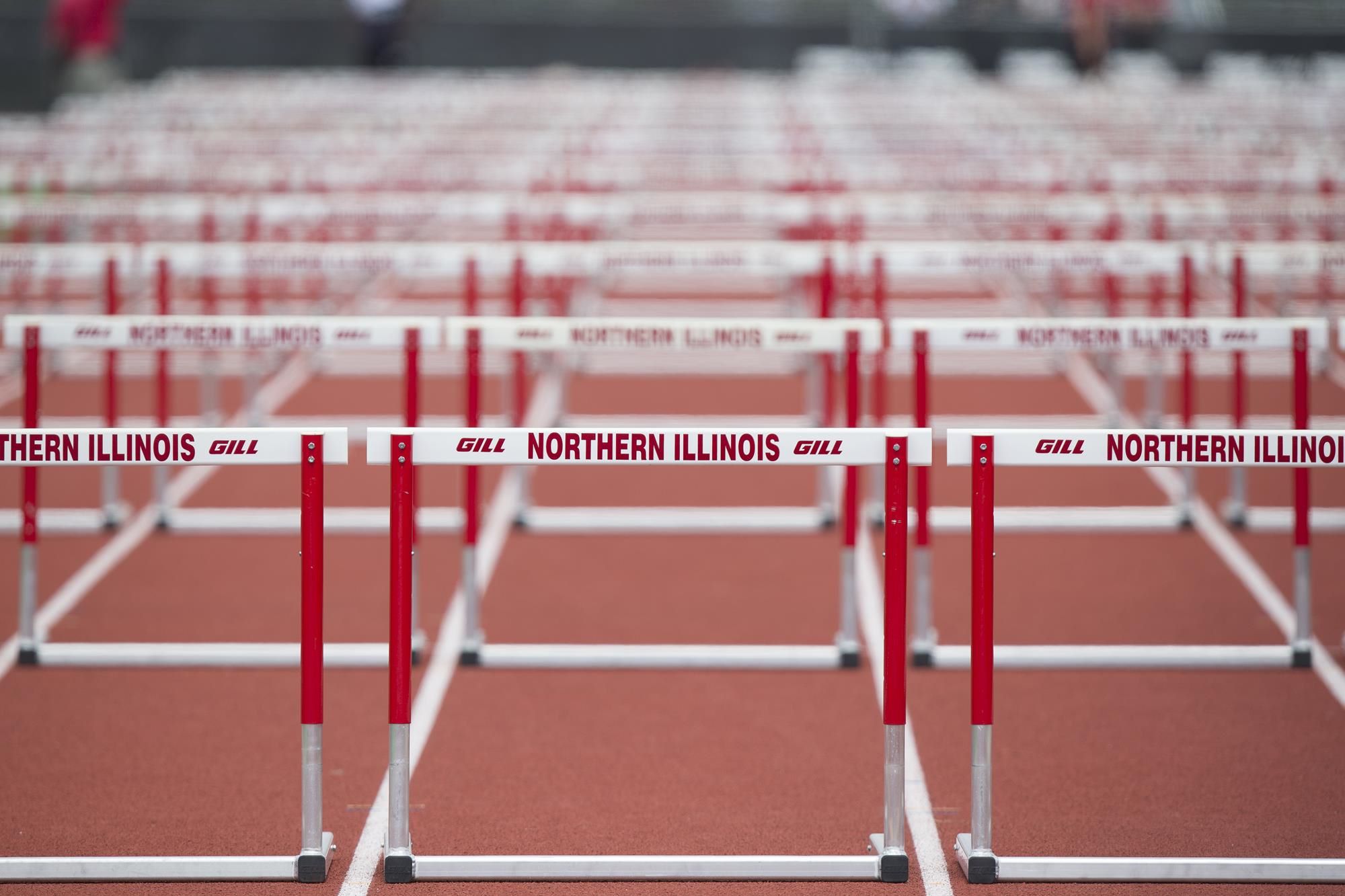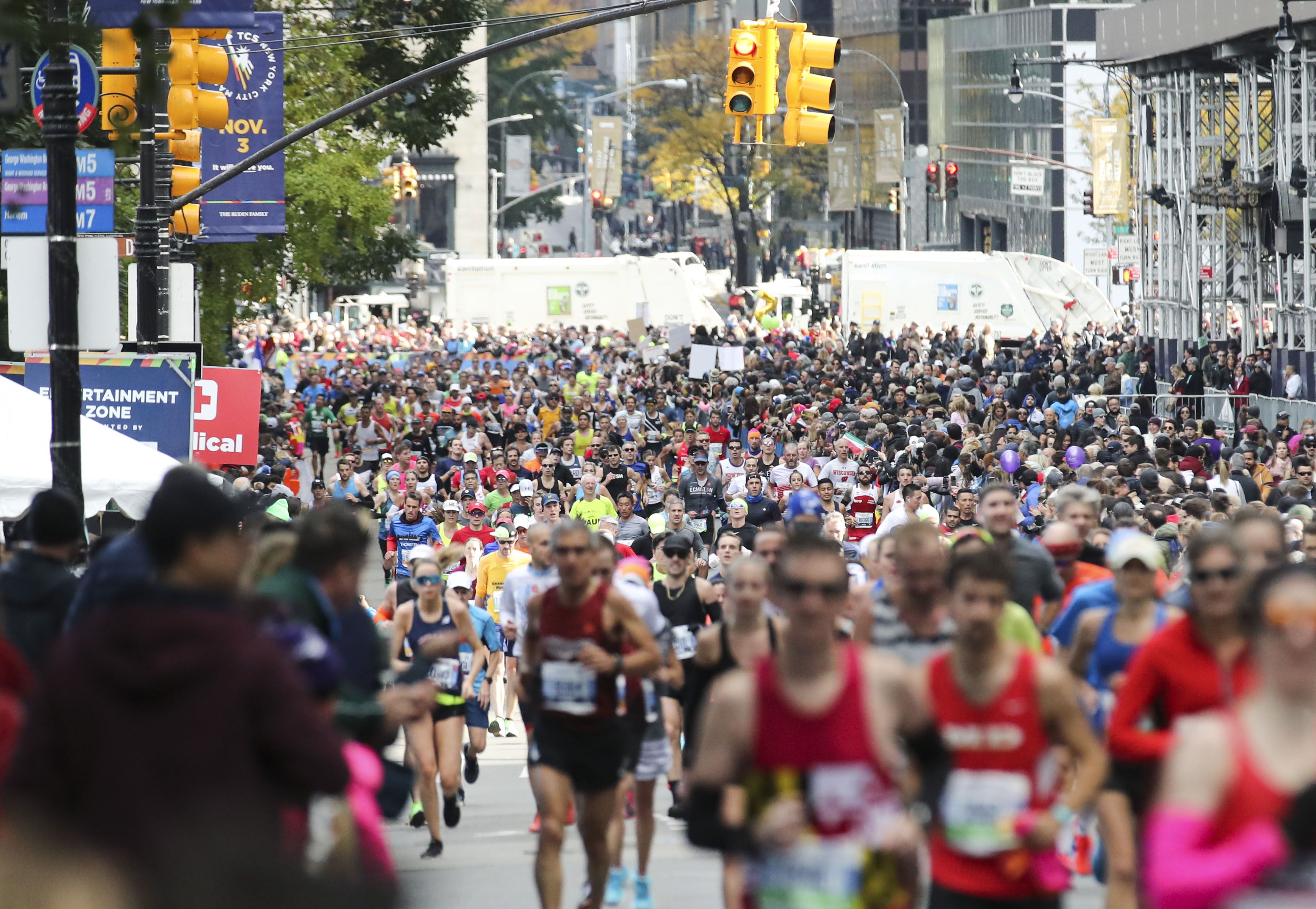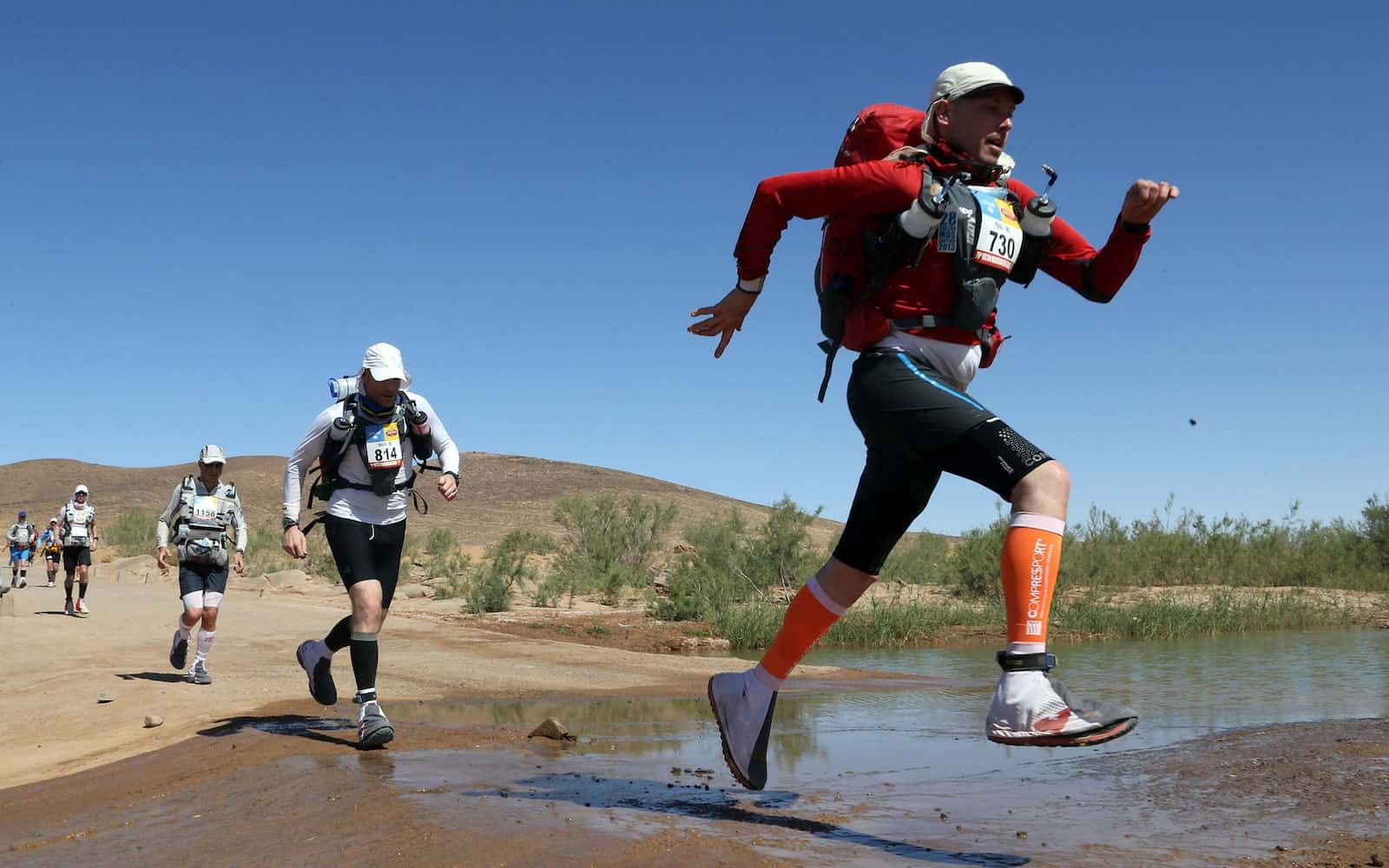Home>Misc>Featured>Why Are Women In Distance Running Less Popular
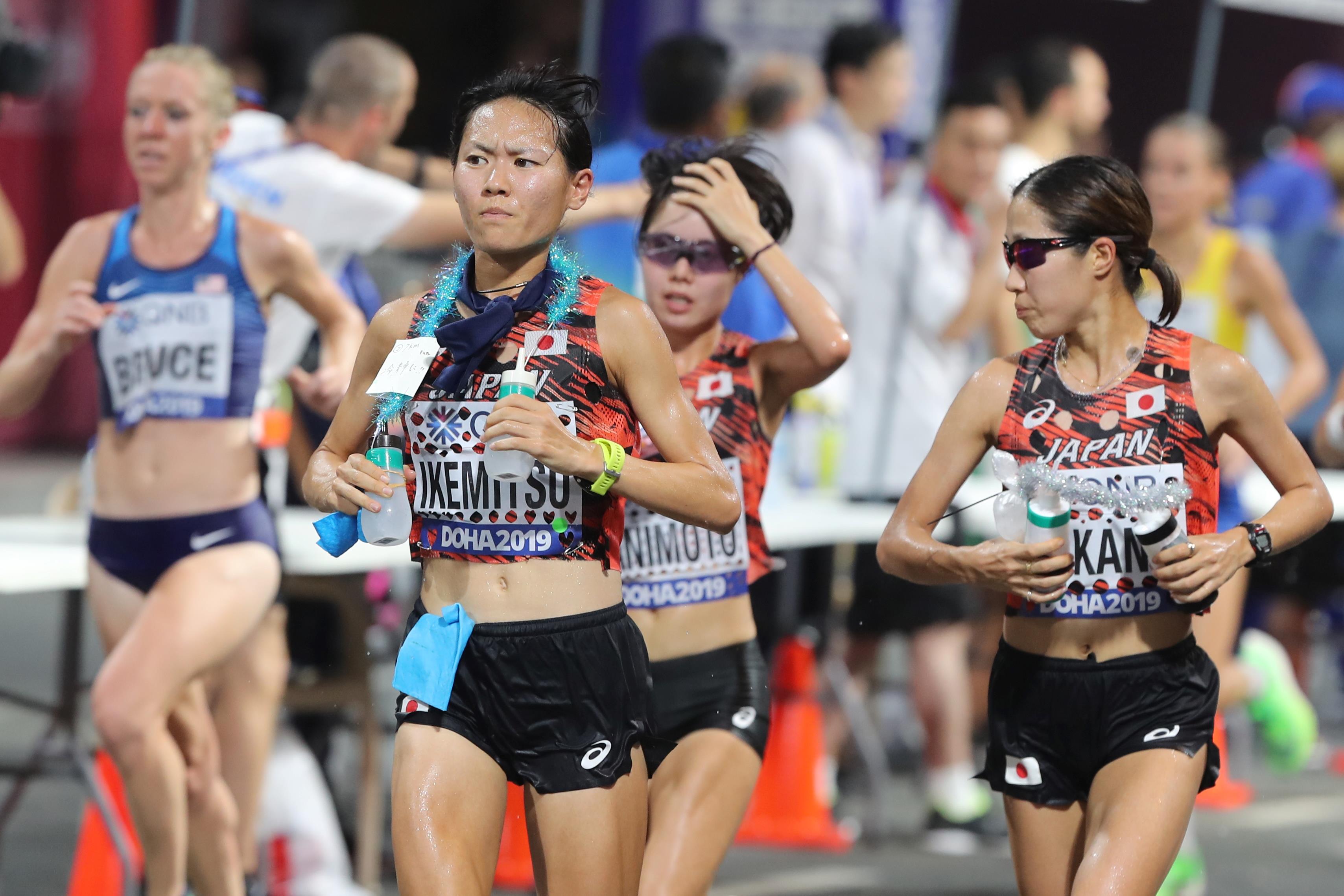

Featured
Why Are Women In Distance Running Less Popular
Modified: January 2, 2024
Discover why women in distance running are less popular and explore the featured aspects that contribute to this trend.
Introduction
Distance running is a popular sport that captivates the attention and admiration of millions of people around the world. However, when it comes to women’s participation in distance running, the numbers are significantly lower compared to men. Despite the tremendous progress that has been made towards gender equality in sports, there are various factors that contribute to the underrepresentation of women in this particular discipline.
In this article, we will explore the reasons behind the lesser popularity of women in distance running. We will delve into historical background, societal stereotypes, lack of representation and role models, misconceptions about women’s capabilities, influence of media, economic discrepancies, lack of opportunities and resources, and instilled beliefs and attitudes. By examining these factors, we can gain a deeper understanding of the challenges that women face in the world of distance running.
It is important to note that the purpose of this article is not to diminish the accomplishments and contributions of women in distance running, but rather to shed light on the underlying issues that hinder their participation and recognition. By addressing these challenges, we can work towards creating a more inclusive and equitable environment for women in this sport.
Now, let’s explore the historical background and its impact on the popularity of women in distance running.
Historical Background
The historical context plays a crucial role in understanding the current popularity of women in distance running. Throughout history, women’s participation in sports, including distance running, has been limited and often discouraged. In the not-so-distant past, societal norms and beliefs perpetuated the idea that strenuous physical exercise was not suitable for women and could potentially harm their reproductive capabilities.
As a result, women faced numerous barriers when it came to engaging in competitive sports, and distance running was no exception. It was not until the late 1960s and early 1970s that significant progress was made towards gender equality in sports, largely due to the efforts of pioneering female athletes who pushed for change.
One landmark moment in women’s distance running was the inclusion of the women’s marathon in the Olympic Games. Prior to 1984, the marathon was solely reserved for male athletes. However, after much advocacy and lobbying, the International Olympic Committee (IOC) finally added the women’s marathon event, opening up opportunities for women to showcase their talents and compete at the highest level.
While this was a significant step towards gender equality, it also highlighted the stark disparities that existed. Women had to overcome deeply ingrained biases and stereotypes to be recognized as legitimate athletes in distance running. They had to battle against societal expectations that deemed them physically weaker or less capable than their male counterparts.
Additionally, the lack of historical representation and role models for women in distance running further hindered their participation. Without a long-standing tradition of female distance runners to look up to, aspiring women athletes may have felt discouraged or unsupported in their pursuit of the sport.
As we move forward in this article, we will examine how these historical factors contribute to the current challenges faced by women in distance running, including gender stereotypes, social and cultural influences, and the misconceptions that still exist regarding women’s abilities in athletics.
Gender Stereotypes in Sports
The prevalence of gender stereotypes in sports has had a significant impact on the popularity of women in distance running. Throughout history, the perception has been that sports, particularly those involving endurance and strength, are more suitable for men. This belief has led to the marginalization and underrepresentation of women in various athletic disciplines, including distance running.
One common stereotype is that women are biologically inferior to men when it comes to long-distance running. This notion suggests that women cannot handle the physical demands of endurance sports and lack the strength and stamina required to compete at a high level. These stereotypes are not only inaccurate but also perpetuate the idea that women are somehow less capable or competent in athletic pursuits.
Another stereotype that hinders women’s participation in distance running is the notion that it is not feminine or attractive for women to engage in such physically demanding activities. Society often associates femininity with grace, delicacy, and beauty, while athleticism is viewed as more masculine. This dichotomy creates a barrier for women who may feel pressured to conform to societal expectations and prioritize their appearance over their passion for running.
Moreover, gender stereotypes can influence how women are perceived and treated in sports. They may face scrutiny and criticism regarding their appearance, athletic ability, and commitment, while their male counterparts are often praised and supported. This differential treatment can create a hostile environment for women and discourage them from participating or pursuing excellence in distance running.
However, it is important to recognize that these stereotypes are unfounded and limit the potential of female athletes. Women have consistently proven themselves capable of excelling in the sporting arena, breaking records, and achieving incredible feats of endurance. It is crucial to challenge and dismantle these stereotypes to create a more inclusive and equitable environment for women in distance running.
In the next section, we will examine the social and cultural factors that contribute to the lesser popularity of women in distance running.
Social and Cultural Factors
Social and cultural factors play a significant role in shaping the popularity of women in distance running. These factors encompass societal norms, cultural beliefs, and traditional expectations placed on women, which can contribute to the limited opportunities and recognition they receive in the sport.
One influential factor is the emphasis on traditional gender roles and the division of labor. In many cultures, women are expected to prioritize family and household responsibilities over personal pursuits, including sports. The demands of managing a family and household can make it challenging for women to dedicate the time and energy necessary for training and competing in distance running.
Additionally, the societal expectation for women to prioritize marriage and motherhood can create a barrier to their involvement in competitive sports. The physical demands of distance running may be seen as incompatible with fulfilling these roles, leading to the devaluation of women’s sporting accomplishments and discouraging their participation.
Furthermore, cultural beliefs regarding femininity and modesty can discourage women from engaging in sports, particularly activities that involve publicly displaying their bodies, such as distance running. Societal pressure to conform to certain beauty standards and modesty norms can limit women’s opportunities to participate in the sport, as they may fear judgment or social stigma.
In some cultures, women’s participation in sports may also be hindered by religious or cultural restrictions. Certain traditional practices and beliefs can perpetuate the notion that physical exertion and competition are not suitable or acceptable for women.
These social and cultural factors not only limit the popularity of women in distance running but also reinforce gender inequality in sports. By challenging societal norms and supporting women’s participation in sports, we can create a more inclusive and empowering environment for female athletes.
Next, we will explore the lack of representation and role models as a contributing factor to the lesser popularity of women in distance running.
Lack of Representation and Role Models
A significant factor contributing to the lesser popularity of women in distance running is the lack of representation and limited visibility of female athletes in the sport. When aspiring female athletes do not see individuals who look like them or share their experiences competing at the highest level, it can be challenging to envision themselves in that role. The absence of representation and role models can hinder their participation and confidence in pursuing distance running.
Historically, there have been fewer opportunities for women to showcase their talent and skills in distance running. This lack of exposure has resulted in a scarcity of renowned female distance runners who can serve as role models and inspire future generations.
Furthermore, the lack of representation extends beyond the athletes themselves to coaching, leadership positions, and media coverage. The absence of women in these roles perpetuates the idea that distance running is predominantly a male-dominated activity. This underrepresentation not only affects women already involved in the sport but also discourages potential female athletes from pursuing distance running as a viable option.
Having relatable and visible role models is crucial for inspiring and motivating women to overcome barriers and excel in the sport. By showcasing successful female distance runners and providing opportunities for mentorship and support, we can encourage a new generation of aspiring athletes to participate in distance running.
Fortunately, efforts are being made to address this issue. Organizations and initiatives are emerging to promote and celebrate the accomplishments of female distance runners. These platforms provide visibility and support for women in the sport, helping to break down barriers and create a more inclusive and diverse running community.
Although progress has been made, there is still work to be done to ensure equal representation and opportunities for women in distance running. By amplifying their voices, celebrating their achievements, and providing mentorship and support, we can empower women to overcome challenges and contribute to the growth and popularity of distance running.
Next, we will discuss the misconceptions about women’s capabilities in distance running and their impact on the popularity of the sport among women.
Misconceptions about Women’s Capabilities
One significant factor that contributes to the lesser popularity of women in distance running is the presence of misconceptions regarding their capabilities in the sport. These misconceptions stem from longstanding gender biases and stereotypes that underestimate the athletic abilities of women.
One common misconception is that women are inherently physically weaker than men and therefore incapable of excelling in endurance sports like distance running. However, numerous studies have shown that women possess remarkable strength and endurance capacities comparable to men. Biological differences such as muscle mass and hormone levels do exist, but they do not define women’s athletic potential or their ability to excel in distance running.
Another misconception is that women’s bodies are not built for high-performance running. It is often believed that the female anatomy and physiology make them more susceptible to injuries or physical limitations in endurance activities. However, with proper training and conditioning, women can reach peak levels of performance and compete alongside their male counterparts.
Additionally, there is a misconception that women’s participation in distance running can lead to adverse health consequences, particularly related to reproductive health. This belief stems from outdated notions that intense exercise can impact fertility or harm a woman’s overall well-being. However, scientific research has debunked these myths, showing that moderate to high levels of physical activity can actually have positive effects on women’s overall health and well-being.
These misconceptions not only undermine women’s confidence and self-belief but also perpetuate the societal bias against women’s participation in distance running. When these misconceptions are ingrained in cultural norms and beliefs, it can deter women from pursuing the sport or inhibit their performance due to self-doubt and lack of support.
It is crucial to challenge these misconceptions and promote a more accurate understanding of women’s capabilities in distance running. By celebrating and highlighting the achievements of female runners, we can inspire confidence and break down barriers, allowing more women to participate and excel in the sport.
In the next section, we will explore the influence of media on the popularity of women in distance running.
Influence of Media
The media plays a powerful role in shaping societal perceptions and attitudes towards women in distance running. However, its influence can often contribute to the lesser popularity of women in the sport. The way women athletes are portrayed and represented in the media can greatly impact their opportunities, recognition, and overall appeal.
One prevalent issue in media representation is the emphasis on physical appearance over athletic achievements. Female athletes are often objectified, with an emphasis on their looks and femininity rather than their athleticism and prowess in distance running. This hyperfocus on aesthetics can undermine their credibility and reinforce societal stereotypes that prioritize beauty standards over athletic abilities.
Moreover, media coverage tends to be disproportionately skewed towards men’s sports, including distance running. This lack of visibility for women’s events and athletes perpetuates the notion that women’s sports are less significant or exciting. The limited media coverage means fewer opportunities for women to gain exposure, secure sponsorships, and attract fan support.
Furthermore, media often perpetuates gender bias by providing unbalanced coverage of men’s and women’s running events. The extensive coverage of men’s races and accomplishments reinforces the idea that male runners are more skilled and deserving of attention, while women’s races are given less airtime or relegated to secondary status.
However, it is important to note that the media also has the power to challenge traditional narratives and promote gender equality in sports. When media outlets actively highlight the achievements and stories of female distance runners, it can inspire and motivate more women to participate and excel in the sport. Through equal and fair coverage, the media can contribute to breaking down gender barriers and boosting the popularity of women in distance running.
A movement towards more inclusive and equitable media representation is gaining momentum. Several organizations and initiatives are dedicated to providing a platform to showcase the accomplishments and stories of female athletes in distance running. By amplifying their voices and achievements, media outlets can contribute to the growth and popularity of women’s distance running.
Next, we will explore the economic discrepancies and sponsorship challenges that impact the popularity of women in distance running.
Economic Discrepancies and Sponsorship
Economic discrepancies and sponsorship challenges significantly contribute to the lesser popularity of women in distance running. Women often face unequal opportunities when it comes to financial support and sponsorship deals, which can hinder their ability to train, compete, and elevate their performances.
One major issue is the gender pay gap in sports. Female distance runners, on average, earn significantly less than their male counterparts, even at the elite level. This pay disparity can deter women from pursuing distance running professionally or limit their ability to solely focus on their athletic careers.
In addition to lower salaries, women in distance running face challenges in securing lucrative sponsorship deals. Sponsors often gravitate towards male athletes, considering them more marketable and commercially appealing. This preference can lead to limited financial support for female runners, making it challenging for them to invest in proper training, coaching, and equipment.
Economic disparities can also impact women’s access to resources and opportunities. Elite training facilities, sports science support, and travel expenses can be costly, and without adequate financial backing, women may struggle to access these essential resources. This lack of resources can hinder their progress and competitiveness in the sport.
Sponsorship is not solely about financial support but also about visibility and endorsement. The endorsement of high-profile sponsors can elevate an athlete’s profile, attracting media attention, and increasing their marketability. However, when female distance runners are underrepresented in sponsorship deals, it limits their visibility and makes it harder for them to gain recognition and fan support.
It is crucial to address these economic discrepancies and work towards achieving equality in sponsorship opportunities for women in distance running. By providing equal financial support and endorsement opportunities, we can create an environment where women have the resources and backing needed to thrive in the sport.
Efforts are being made to address these challenges, with organizations advocating for equal pay and gender-balanced sponsorship opportunities. Increased support from sponsors, media outlets, and sports institutions is necessary to level the playing field and ensure that female distance runners have equal opportunities to succeed.
In the next section, we will discuss the lack of opportunities and resources as barriers to the popularity of women in distance running.
Lack of Opportunities and Resources
A significant challenge contributing to the lesser popularity of women in distance running is the lack of equal opportunities and resources available to female athletes. Various factors, including limited access to training facilities, inadequate funding, and fewer competitions, create barriers for women in the sport.
One primary issue is the disparity in the number of races and competitions available for women in distance running. The calendar of events for female athletes is typically smaller in comparison to their male counterparts, resulting in fewer opportunities to showcase their talents and gain valuable experience. This shortage of races and competitions limits the exposure and progression of female distance runners.
In addition to the scarcity of competitions, women face challenges in accessing quality training facilities and resources. Many training facilities, especially those equipped with specialized equipment and sports science support, are primarily geared towards male athletes. The lack of equal access to these facilities hinders the development and progression of female distance runners.
Financial support is another critical aspect that impacts the opportunities available to women in distance running. Limited funding for women’s sports can make it difficult for athletes to cover training expenses, travel costs, and other essential needs. Without adequate financial support, athletes may struggle to fully dedicate themselves to the sport and reach their competitive potential.
Furthermore, coaching and mentorship are crucial for the development of athletes. However, women in distance running often face a shortage of female coaches and mentors who can provide guidance and support. The lack of female representation in coaching roles can result in a lack of relatable role models and hinder the growth and progression of women in the sport.
To overcome these challenges, it is important to create equal opportunities and allocate resources to support women in distance running. This includes expanding the number of races and competitions for female athletes, investing in training facilities and sports science support, and increasing funding for women’s sports programs.
Efforts are being made to address these issues, with organizations advocating for equal opportunities and resource allocation for female athletes. By providing equal access to training, competitions, and coaching, we can foster the growth and popularity of women in distance running and create a more inclusive and equitable environment for all athletes.
In the next section, we will explore the role of instilled beliefs and attitudes in hindering the popularity of women in distance running.
Instilled Beliefs and Attitudes
One of the key factors contributing to the lesser popularity of women in distance running is the presence of instilled beliefs and attitudes that undermine their involvement in the sport. These deeply ingrained societal beliefs and attitudes shape perceptions of gender roles and capabilities, affecting how women are perceived and supported in distance running.
One prevalent belief is the notion that women’s primary role is as caregivers and nurturers, prioritizing family and household responsibilities over personal pursuits such as athletics. This belief can create barriers for women who may feel guilty or conflicted about dedicating time and energy to training and competing in distance running.
Moreover, a culture of gender bias can result in women being seen as less competent or skilled in distance running compared to men. This bias can lead to a lack of recognition, support, and opportunities for female athletes, as they are often overlooked in favor of their male counterparts. These biased beliefs can hinder women’s progression and limit their visibility in the sport.
Attitudes towards women in distance running can also be influenced by societal beauty standards. The emphasis on aesthetics and the perception that women’s attractiveness is incompatible with the physical demands of the sport can discourage women from participating or receiving the same level of support and recognition as their male counterparts.
These instilled beliefs and attitudes can also manifest in the form of gender discrimination and unequal treatment. Women may face challenges such as unequal pay, fewer sponsorship opportunities, and limited media coverage, further hindering their popularity and success in distance running.
Challenging and transforming these instilled beliefs and attitudes is crucial to promoting gender equality and increasing the popularity of women in distance running. By dismantling gender stereotypes, promoting equal opportunities and recognition, and fostering a supportive and inclusive environment, we can empower women to fully participate and excel in the sport.
Educational campaigns, cultural shifts, and increased representation of women in distance running can help challenge and change these instilled beliefs and attitudes. By highlighting the achievements and stories of female athletes and showcasing their athletic abilities, we can create a more inclusive and empowering environment that encourages greater participation and promotion of women in distance running.
Next, we will wrap up the article with a concluding section that summarizes the key points discussed and emphasizes the importance of addressing these challenges for the future of women in distance running.
Conclusion
The lesser popularity of women in distance running can be attributed to a combination of historical, social, cultural, and economic factors. Gender stereotypes, limited representation and role models, misconceptions about women’s capabilities, influence of media, economic disparities in sponsorship, lack of opportunities and resources, and instilled beliefs and attitudes all contribute to this disparity.
To address these challenges, it is crucial to challenge traditional gender norms, promote equal opportunities and resources, and challenge misconceptions about women’s capabilities in distance running. Increasing the visibility and representation of women in the media, equalizing sponsorship opportunities, and eliminating economic disparities are key in creating a more inclusive and equitable environment in the sport.
Efforts should also be made to provide more opportunities for women in distance running, such as increasing the number of competitions and ensuring access to training facilities and resources. Mentorship and coaching programs that prioritize diversity and equality can further uplift and nurture the talent of female athletes.
By creating a supportive and inclusive environment, where women are celebrated and recognized for their athletic achievements rather than judged by societal norms, we can break down barriers and encourage more women to participate in distance running.
The journey towards achieving gender equality in distance running will require the collective efforts of athletes, sports organizations, sponsors, media outlets, and society as a whole. By working together, we can promote equal opportunities, challenge biases, and redefine the narrative surrounding women in distance running.
Ultimately, the full potential and talent of women in distance running must be recognized and celebrated. By breaking down barriers and creating a level playing field, we can pave the way for a future where gender does not define an individual’s opportunities or success in the sport.
It is time to propel women’s distance running into the spotlight and empower future generations of female athletes to embrace their passion, overcome challenges, and push the boundaries of what is possible in the sport.
